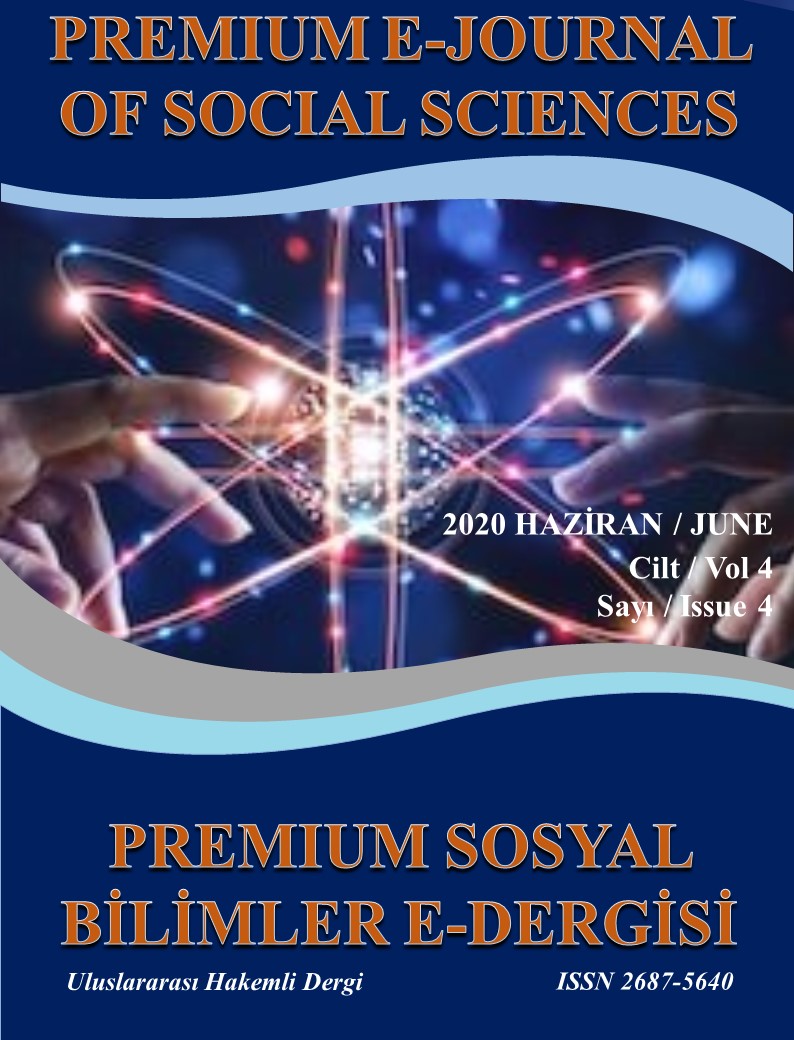PERCEPTION OF THE RELATIONSHIP BETWEEN THE TYPES OF CONCEPTUAL ART AND THE SENSE OF PLACE
DOI:
https://doi.org/10.37242/pejoss.15Keywords:
Place, Sense of Place, Meaning-idea, Conceptual art, Contemporary artAbstract
Art has been effective as a cultivator of the human soul, in order to increase the quality of space and transform it into a ‘place’. Conceptual art has been able to create different meaningful places as an instrument for strengthening the relationship between the mindset of the audience with space under the influence the artists and society, in time and in changing spaces. A qualitative method, which includes collected documented data about the role of meaning in the formation of the sense of place, Shamai's Seven Levels of the Sense of Place, definitions of conceptual art types based on Peter Osborne's ideas and the cognition of the position of ideas in the conceptual art, led to analytical, perceptual, and classified descriptions. To conclude, a descriptive survey on some sample works of different artists during the 1967-2017 and a summary of the analysis were presented as a table. Osborne’s Six Conceptual Art Types were compared with six levels out of seven levels of Shamai's sense of place by mentioning examples for each type. Each of the six Osborne’s Conceptual Art categories affects the implemented space and the place creation, based on their specificities, and the audience receives a specific sense of place from the viewpoint of its relation to the artwork. With conceptual art, the sense of ‘awareness of place’ is created as a basic sense. Also, when conceptual artworks come with people's beliefs and thoughts, the audience enters the relationship with that work and place and receives a stronger sense of place.
Downloads
Downloads
Published
How to Cite
Issue
Section
License
Copyright (c) 2020 Premium e-Journal of Social Science (PEJOSS)

This work is licensed under a Creative Commons Attribution 4.0 International License.


